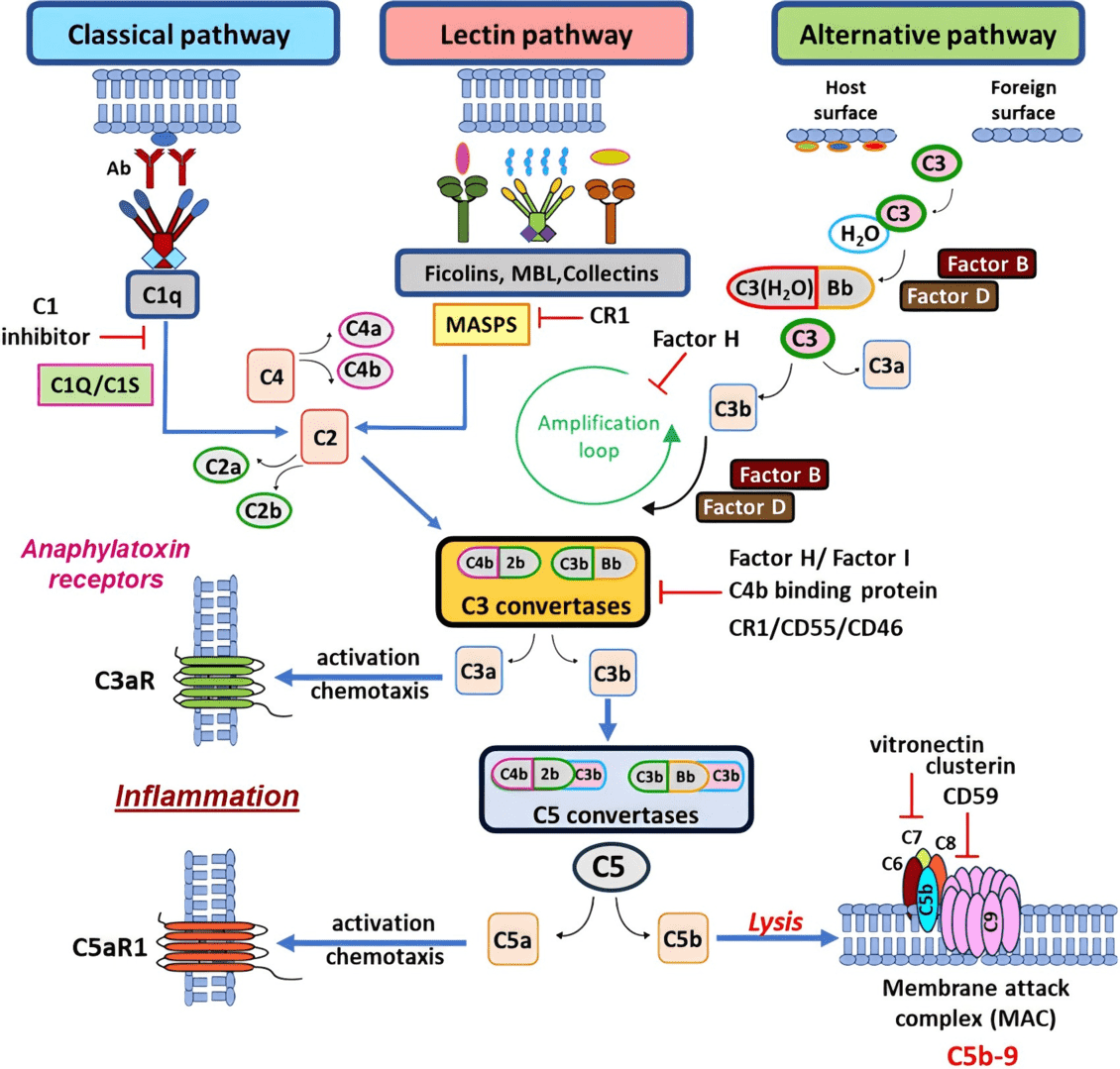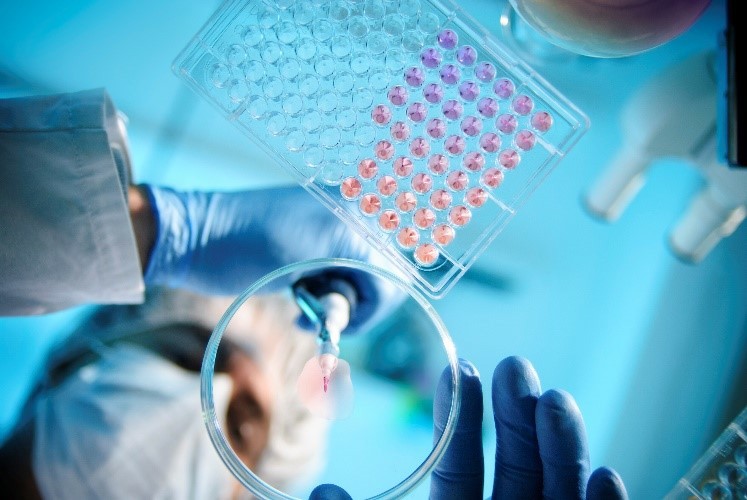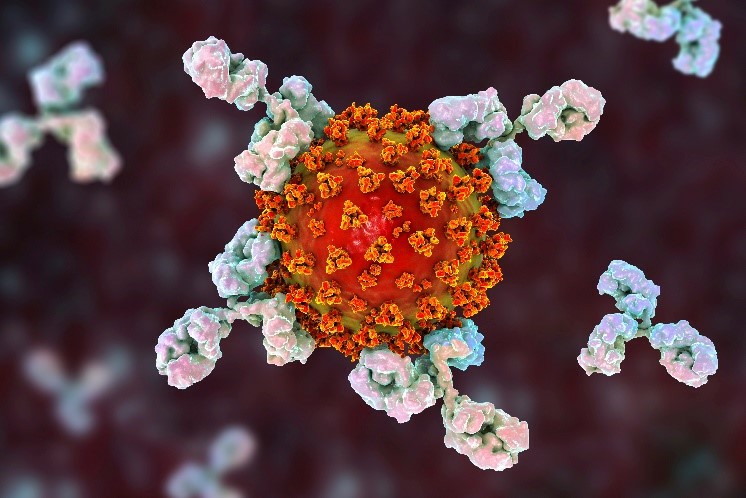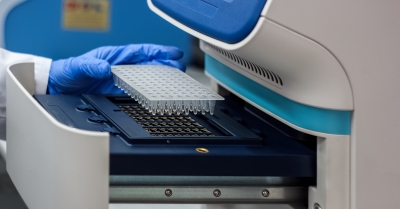Introduction What We Can Offer? Why Choose Us? FAQs Featured Services Feature Products
Accelerate Your Research and Development!
Are you currently facing complex immune interactions, challenges in target identification, or concerns about off-target effects in your drug development pipeline? Creative Biolabs' expertise in the Complement System helps you accelerate therapeutic development and achieve precise immune modulation through advanced analytical platforms and a comprehensive reagent portfolio.
Contact our team to get an inquiry now!
Introduction
Originating 600-700 million years ago, the complement system represents an intricate and organized defensive mechanism. Conventionally viewed as a core component of innate immunity, it amplifies the destructive capacity of antibodies and phagocytes in combating microbes, as well as apoptotic and necrotic cells within an organism. Nevertheless, recent research indicates this system might bridge innate and adaptive immunity, given its capacity to coordinate immune reactions through communication with various cells across both immune branches. Moreover, adaptive immune system-generated antibodies can recruit and activate it. Additionally, it assists in preserving the solubility of circulating immune complexes, aiding their removal.
Complement System
Including over 30 proteins and fragments, this defense network encompasses circulating proteins and membrane receptors. A significant portion of these components circulates as zymogens, which are inert precursors needing cleavage to transform into active enzymes. Its activation typically begins with various stimuli, such as antigen-antibody complexes, lipopolysaccharide, mannosans, and peptidoglycan. Upon stimulation, the system's proteases will sever specific proteins, releasing cytokines and triggering an intensifying cascade of subsequent cleavages to fulfill an immunological purpose. This system is capable of performing several roles:
-
Phagocytosis: Complement acts as an opsonin, tagging invading pathogens to facilitate their engulfment. This opsonization is primarily achieved by C3b, C4b, and C1q.
-
Inflammation: Products from complement cleavage stimulate the production of inflammatory mediators (e.g., histamine), thereby increasing capillary permeability and recruiting macrophages and neutrophils.
-
Membrane attack: Complement disrupts pathogen cell walls through the insertion of the terminal membrane attack complex (MAC).
Complement System Pathways
Complement activation occurs through three discrete pathways initiated by distinct stimuli: classical, lectin, and alternative.
 Fig.1 Three pathways of complement cascade.1
Fig.1 Three pathways of complement cascade.1
This cascade commences when C1q, the initial protein, attaches to antigen-antibody complexes involving IgM or IgG. Furthermore, several other danger indicators, such as C-reactive protein, viral proteins, polyanions, apoptotic cells, and amyloid, can also instigate this pathway without antibody involvement. The classical route serves as a crucial link between the innate and adaptive immune effector mechanisms.
Initiation of this pathway occurs when either mannose-binding lectin (MBL) or ficolin binds to mannose residues present on the surfaces of various pathogens. Once activated, it progresses through C4 and C2, subsequently activating further complement proteins within the cascade. The physiological functions and regulatory molecules of the lectin pathway exhibit similarities to those of the classical pathway.
This pathway is activated when external agents like viruses, fungi, bacteria, parasites, cobra venom, immunoglobulin A, and polysaccharides invade the host. In this scenario, the C3b component associates with factor B, thereby launching the alternative pathway. It forms a vital part of the body's defense machinery, operating independently of the specific immune responses.
The complicated and delicate network can be activated by diverse mechanisms proceeding through distinct pathways, yet all converge on a final common ending: formation of a multimolecular complex, the membrane attack complex (MAC). The MAC inserts into cell membranes to form a functional pore, resulting in ion flux and ultimately osmotic lysis.
.png) Fig 2. Illustration of the membrane attack complex (MAC). Distributed under an Open Access license CC BY-SA 4.0, from Wiki, without modification.
Fig 2. Illustration of the membrane attack complex (MAC). Distributed under an Open Access license CC BY-SA 4.0, from Wiki, without modification.
Although complement system plays a key role in defense against pathogens and in host homeostasis, it is widely
regarded as a double-edged sword. The subsequent cascade of enzymatic reactions is strictly regulated to guarantee
that the activation only occurred in the defense against pathogens, thus avoiding host tissue damages.
What We Can Offer?
Creative Biolabs delivers an extensive portfolio supporting your complement investigations and therapeutic advancement.
|
Complement Proteins
|
High-purity, functionally active proteins (e.g., C1q, C5B-9, C3, C5, Factor B, Factor D, Properdin) for pathway reconstruction and functional assays.
|
|
Complement Component Antibodies
|
High-specificity monoclonal and polyclonal antibodies for detection, quantification, and functional studies (inhibition/activation).
|
|
Complement Inhibitors
|
Curated small molecules and biologics to modulate complement pathway activity, useful for mechanistic studies and drug screening.
|
|
Complement-Related ELISA Kits
|
Ready-to-use kits for quantitative detection of complement components, activation products, and regulators in various samples.
|
|
Complement Sera and Plasmas
|
Featured complement activity-preserved products are available for biocompatibility experiments, including drug development, biomaterials testing, lymphocytotoxicity, and hemolytic procedure.
|
Why Choose Us?
Selecting Creative Biolabs for complement research confers significant benefits, drawing on decades of dedicated expertise and scientific distinction.
-
Comprehensive Portfolio: We offer high-quality recombinant proteins, antibodies, inhibitors, activators, and assay kits – a complete research solution.
-
State-of-the-Art Platforms: Advanced analytical and screening platforms ensure efficient, precise characterization of complement components and modulators.
-
Customizable Solutions: Highly customizable services, from bespoke antibody development to tailored assay design, meet your unique research objectives.
-
Rigorous Quality Control: Stringent QC and validation guarantee reliable, reproducible results, consistently shown by Published Data.
-
Dedicated Scientific Support: Experienced scientists provide expert guidance throughout your project, from design to data interpretation.
Access the Creative Biolabs Edge – Obtain a Quote Today
FAQs
Q: How can modulating complement activity impact therapeutic development?
A: Targeting the complement system offers a powerful approach for treating a wide range of diseases, particularly those involving inflammation, autoimmunity, and neurodegeneration. By either inhibiting overactive pathways or enhancing deficient ones, it's possible to restore immune balance and mitigate disease progression. This precision allows for the development of highly specific therapies with potentially fewer off-target effects.
Q: Is it possible to selectively inhibit specific complement pathways?
A: Yes, significant advancements have been made in developing agents that selectively inhibit individual complement pathways (classical, lectin, or alternative) or specific components within those pathways. This selectivity is crucial for minimizing systemic effects and tailoring therapeutic interventions to the exact pathological mechanism of a disease, offering a more nuanced approach to immune modulation.
Q: What types of assays are typically used to assess complement activity?
A: Assessing complement activity often involves a combination of functional and quantitative assays. Functional assays, such as hemolytic assays, measure the overall capacity of a pathway to lyse target cells. Quantitative assays, like ELISA or Western blot, measure the levels of specific complement proteins or their activation fragments, providing insights into pathway activation and consumption.
Q: How can I ensure the reagents I use for complement research are reliable?
A: Reliability in complement research reagents is paramount for accurate and reproducible results. It's essential to use reagents that have undergone rigorous quality control and functional validation. Look for products with clear specifications, documented purity, and demonstrated activity in relevant assays to ensure they meet the demands of your experimental design.
Access the Creative Biolabs Edge – Request Your Quote Now
Featured Services
Feature Products
Reference
-
Detsika, M. G., et al. "The complement cascade in lung injury and disease." Respiratory Research 25.1 (2024): 20. DOI:10.1186/s12931-023-02657-2. Distributed under an Open Access license CC BY 3.0, without modification.
For Research Use Only.
Related Sections:

 Fig.1 Three pathways of complement cascade.1
Fig.1 Three pathways of complement cascade.1
.png) Fig 2. Illustration of the membrane attack complex (MAC).
Fig 2. Illustration of the membrane attack complex (MAC). 

